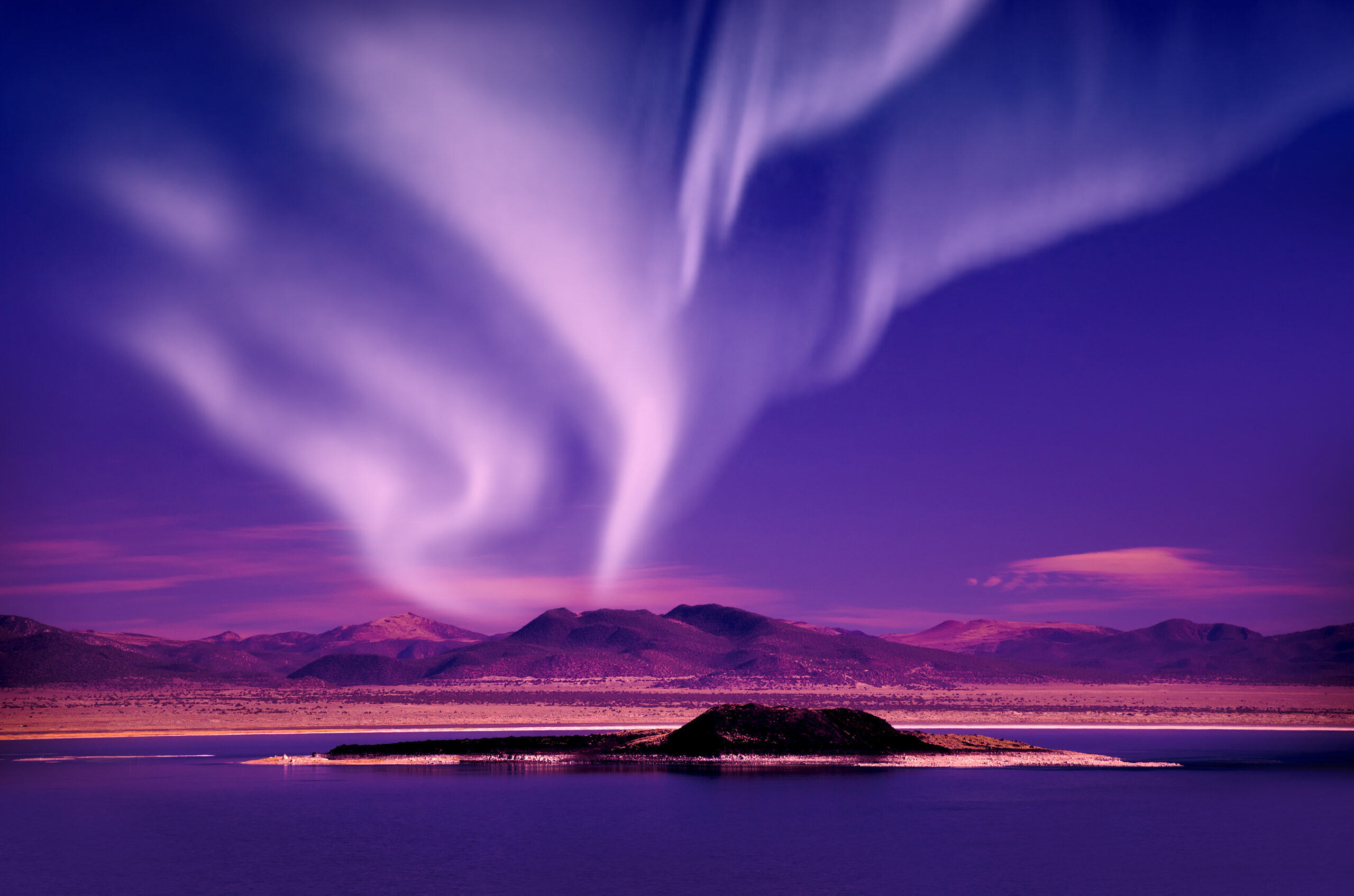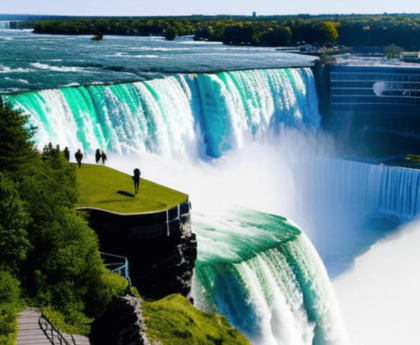The Northern Lights, also known as the Aurora Borealis, are one of the most awe-inspiring natural wonders on earth. The lights appear as colorful, dancing patterns in the night sky, captivating viewers with their beauty and mystery. Iceland is one of the best places in the world to view the Northern Lights, and in this article, we will explore the causes of the lights, the best places to view them in Iceland, when to visit for the best chance of seeing them, and tips for a successful viewing experience.
Causes of the Northern Lights
The Northern Lights are caused by the interaction of charged particles from the sun with the earth’s magnetic field and atmosphere. When the charged particles collide with the atmosphere, they produce light, creating the mesmerizing patterns that we see in the sky. The intensity and colors of the lights depend on various factors, such as the altitude of the particles and the gases in the atmosphere. Sun activity and atmospheric conditions also play a significant role in the visibility of the Northern Lights.
Best Places to View the Northern Lights in Iceland
Iceland is a vast and beautiful country with many excellent locations for viewing the Northern Lights. Reykjavík, the capital city, is a great place to start. The city is conveniently located and has a relatively low light pollution level, making it an ideal spot for viewing the lights. Akureyri, the second-largest city in Iceland, is another excellent location for Northern Lights viewing, with many tour operators offering guided trips to the surrounding countryside. Kirkjufell, a mountain located on the Snæfellsnes Peninsula, is a popular spot for photographers and offers a breathtaking view of the Northern Lights.
When to Visit Iceland to See the Northern Lights
The best time to see the Northern Lights in Iceland is from September to April. During this period, the nights are longer, providing more extended viewing opportunities. However, the visibility of the lights can vary from day to day, depending on atmospheric conditions. The best time to see the Northern Lights is during a new moon or when the moon is below the horizon, as the moon’s light can interfere with the visibility of the lights.
Tips for Viewing the Northern Lights
To fully enjoy the Northern Lights experience, there are several essential tips to keep in mind. Firstly, dress appropriately for the cold Icelandic climate, as you will be outside for extended periods. Dressing in layers is recommended, as it allows you to adjust your clothing as needed. Secondly, choose the right lens for your camera. A wide-angle lens is ideal for capturing the full spectacle of the Northern Lights, while a fast lens with a low f-stop will allow you to take clear pictures in low light conditions. Finally, consider booking a tour with an experienced guide. Tour operators know the best locations for viewing the Northern Lights and can provide valuable information and insights on the phenomenon.
Conclusion
In conclusion, the Northern Lights in Iceland are an unforgettable experience. The lights are a natural wonder that has fascinated people for centuries. Iceland offers many locations for viewing the lights, and with the right preparation and planning, visitors can enjoy the full splendor of this magical phenomenon. So, pack your warmest clothes, grab your camera, and get ready to witness the Northern Lights in all their glory!





